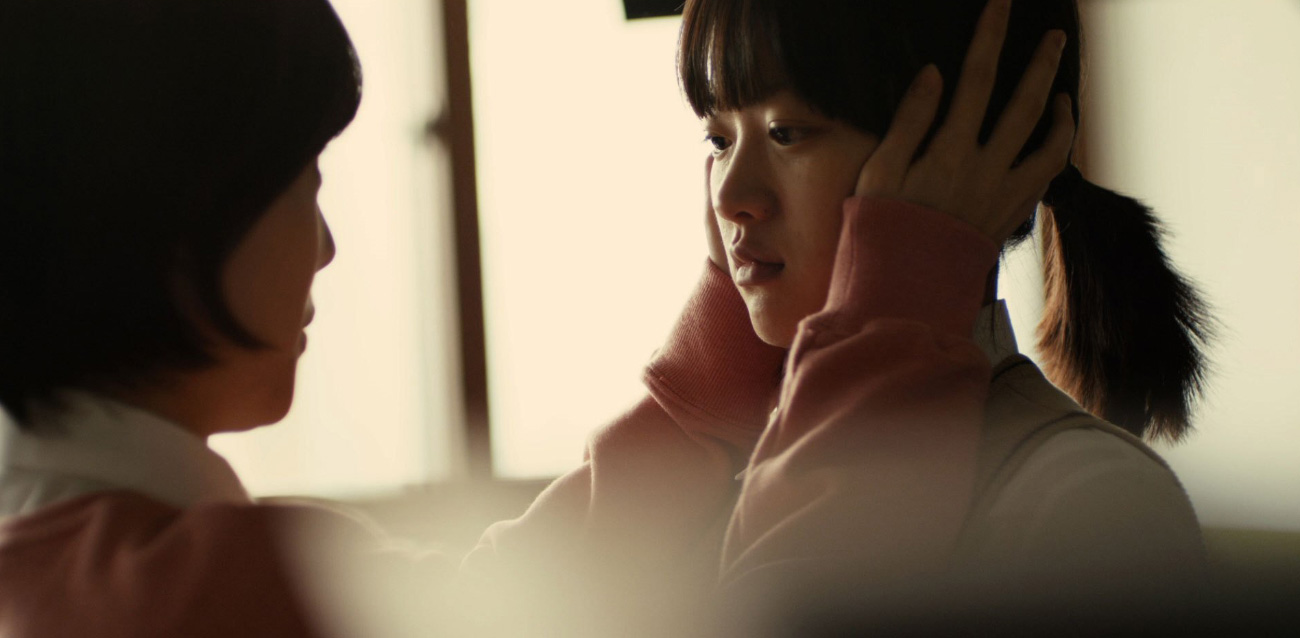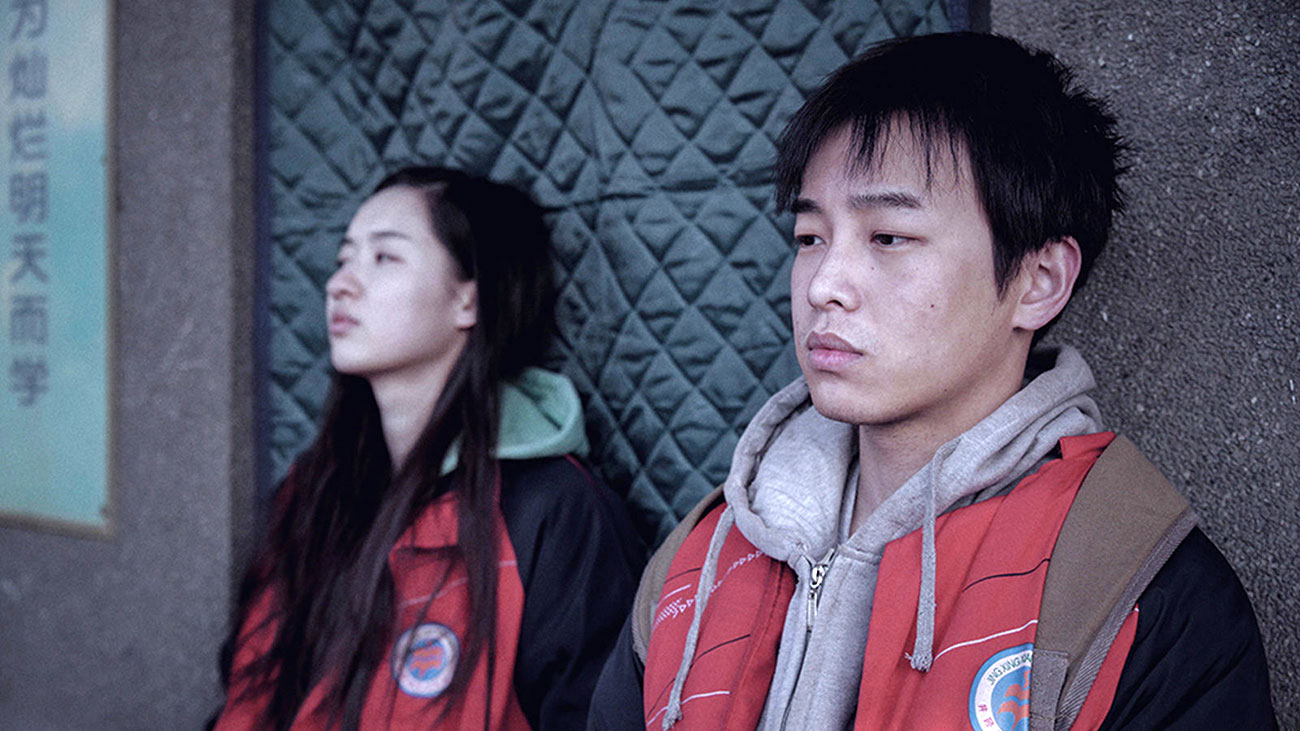UNDER THE RADAR
As is always the case with these kind of reflections, there will be countless films that won’t receive the same kind of attention that other critically-lauded or commercial successful films will receive. That was certainly the case for us as well when we compiled our own individual lists.
But to give some of our favourite underseen or underappreciated gems in the past decade some love, here are just some of films that stayed with us and had us championing their quality.

Starry Starry Night
(2011, dir. Tom Shu-yu Lin, Taiwan)
Although I make the effort to seek out films that validate the experiences of young people on screen, I do feel that East and Southeast Asian films have really done more to legitimise films about children and teenagers than anywhere else in the world. Director Tom Shu-yu Lin’s Starry Starry Night is just one example of an Asian film that does just this.
Based on a popular picture book by Jimmy Liao, this film was overlooked at the time of its release which is a shame considering how well it grapples with the emotional complexities that children experience in broken households. While there are plenty of films that exist about divorce, domestic abuse and death, not many engage with such issues from the perspective of a child and that’s exactly what Starry Starry Night achieves.
Carrying itself like an indie production and bolstered by a beautiful commercial presentation, Starry Starry Night demonststrates what’s possible when filmmakers give a voice to those who often have the most trouble articulating their emotions. (Hieu Chau)

Campaign 1 & 2
(2013, dir. Kazuhiro Soda, Japan)
To mention this duology is simply to bring up the name of Kazuhiro Soda. I discovered his work on MUBI, and since then I’ve been slowly worked my way through his films, which can be rented on Vimeo. He calls himself an observational documentarian, and I think it’s evident in is work that his way of engaging with subjects is something quite rare and astounding.
Many commercial documentaries attempt to do one of two things: make you forget a camera is there or parody it. It’s my least favourite thing, especially when they try and manipulate you with dramatic music! Soda somehow manages to do both of the aforementioned, and what happens is that you start to believe you are him, right there in the moment, or maybe you are just the camera he is directing. Campaign is a wonderful taster of what’s to come—an intimate look into some of the ways of Japanese living that it’ll be hard to learn of otherwise. (Levin Tan)

Han Gong-ju
(2013, dir. Lee Su-jin, South Korea)
In 2017, I named Rage one of my favourite Asian films of the year, citing the strength of its filmmaking and performances. Yet when it came to deciding whether to include it on this list, I couldn’t help but dwell on the film’s offensive treatment of sexual assault survivors – a point which sours me more and more on the film the further I reflect on it.
In contrast, Han Gong-ju avoids the problematic elements of films like Rage with its immense honesty and empathy for its titular lead (portrayed with appropriate nuance by Chun Woo-hee). Based on the Miryang gang rape of 2004, the film follows sexual assault survivor Han Gong-ju’s new life at a countryside school after she is ostaricised from her hometown. Slowly revealed between scenes of Gong-ju adjusting to her new school with swimming lessons and choir practice are fragments of her traumatic history. Told via frequent flashbacks, Gong-ju’s past and present are intertwined throughout, with the former eventually catching up in a heartbreaking finale which lingers after the credits.
As noted in our review, the non-linear structure is not just intriguing, but emotionally-affecting. It evokes the persistence of PTSD, contrasting Gong-ju’s traumatic past all the more starkly with the innocent teenage joy she only gets to experience in slivers.
What makes Han Gong-ju so enduring is that, sadly, the crimes and injustices it depicts continue to occur. As I write this, molka and sexual abuse injustices still dominate Korean headlines. While the names of perpetrators are publicly broadcast and disgraced, Han Gong-ju gives a voice and insight to the lives of survivors who themselves are often unfairly ostracised and ashamed. (Brooke Heinz)

Happy Hour
(2015, dir. Ryusuke Hamaguchi, Japan)
Ryusuke Hamguchi’s sprawling, five-hour film tracks the lives of four women in their late 30s whose friendship and inner lives begin to show cracks when one of them pushes through with a divorce and disappears, leaving the rest to question the nature of the relationships and lives that they have all so carefully built.
So much happens under the surface of everything that is happening and not happening on screen. There is an incredible courtroom sequence with Jun, the center of the friendship and the divorce, in which she explains her reasons for leaving her husband. In short, he killed her. Up until then, the film is characterised by a placid, observatory tone that characterises many of Japanese cinema’s slice-of-life dramas but used by Hamaguchi with far more powerful effect. The fallout of Jun’s statement is a slow-burn of simmering tension that permeates through the other three women’s lives, marriages and relationships.
Hamaguchi’s genius lies in his ability to create such a livewire of tension under all his formally constructed set-pieces. The film flows together so seamlessly that it is hard to see how the film would work in an episodic format, thus justifying its runtime. Part of the film’s appeal is how immersive it is despite the mundanity of the lives, with such rich and detailed constructions of their worlds. This is women’s lives depicted on screen with an attention and care that has never been seen before, and a quiet, understated masterpiece of cinema. (Natalie Ng)

Oyster Factory (2015, dir. Kazuhiro Soda, Japan)
Kazuhiro Soda is the most empathetic filmmaker we currently have in the world. The director’s intensely observational documentaries–all filmed and constructed based on ten filmmaking principles that Soda refers to as “10 Commandments” (more filmmaking manifestos in 2020!)–carry within them the means of directly experiencing empathy with a subject, with no bells or whistles or calculated intercession.
Oyster Factory, his two-and-a-half-hour-long observation of a rural oyster factory in Japan, slowly unfurls the world in microcosm as locals grapple with the need to welcome outsiders for a flagging industry to continue. It is both the perfect introduction to Soda’s work and powerfully displays his directorial intent, one that shows up more manipulative documentarians soundly. And, most importantly, Oyster Factory features a LOT of cats. What more do you need? (Hayley Inch)

Asako I & II (2018, dir. Ryusuke Hamaguchi, Japan)
The comparisons to Vertigo proved to be a mere red herring. Asako I & II is a deftly made high wire act with Ryusuke Hamaguchi balancing between sincere romance and intriguing mystery. In the process, Hamaguchi conjures up a beautiful and devastating film about the will of the heart. Our heroine Asako, torn between not only two loves who bare a striking resemblance, but two versions of herself; the one who fell in love at first sight with a mysterious Baku, and the one who was left alone. When Asako does move on, she does so with Ryohei, a man who dredges up memories of her past by resembling her old love. It’s a premise ripe for cliché, but instead favors a deeper analysis on what draws people together, and what makes people stay.
Tender and understated, Erika Karata plays Asako with great sensitivity towards her feelings, not simply playing a timid archetype, but that of a wounded woman searching for her own sense of closure, while immense praise must be given to Masahiro Higashide pulling double duty as the mild-mannered Ryohei and the elusive Baku. Their performances make everything more believable, so much so that when the devastating climax hits, everything we’ve come to understand about these characters gets thrown askew. Yet it’s Hamaguchi’s assured hand that keeps balance, making sure not to slip into standard melodrama. By doing so, Asako becomes not only a much richer film, but an essential one. (Amir Muhammad)

An Elephant Sitting Still (2018, dir. Hu Bo, China)
This Chinese film was deemed remarkable before it was even screened for two reasons: it is nearly four hours long and the director, Hu Bo, died by suicide after filmmaking wrapped (his family handled the editing of the film). But the film is impressive on its own merits for being a masterful portrait of our time–one of demoralisation and anxiety in a world that speeds towards mass consumption, burnout, and climate destruction.
The further we get away from the experiences and emotions that define our humanity, the bleaker our view of the world becomes, as demonstrated by the blue dusk that covers the film. And while this film has been described as overwhelmingly morose, there is still a hopeful sense that we may overcome, if we just continue to search for beauty wherever it can be found. In this case, we may find it in a meditative elephant. (Aidan Djabarov)
